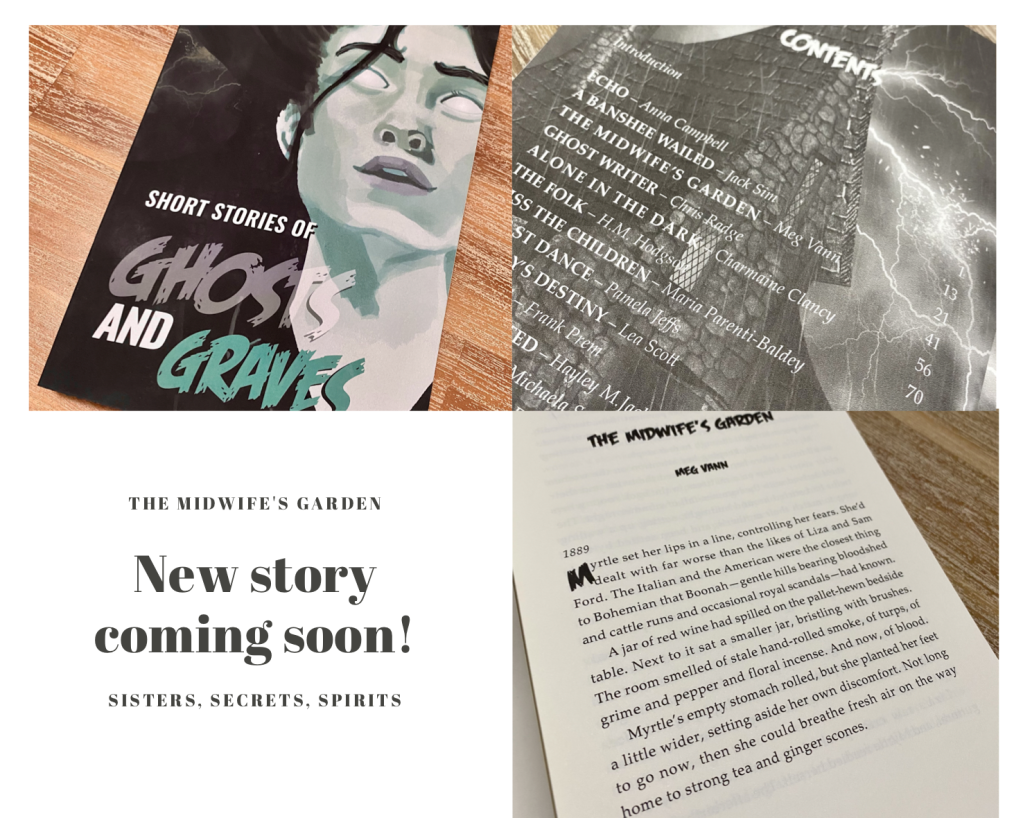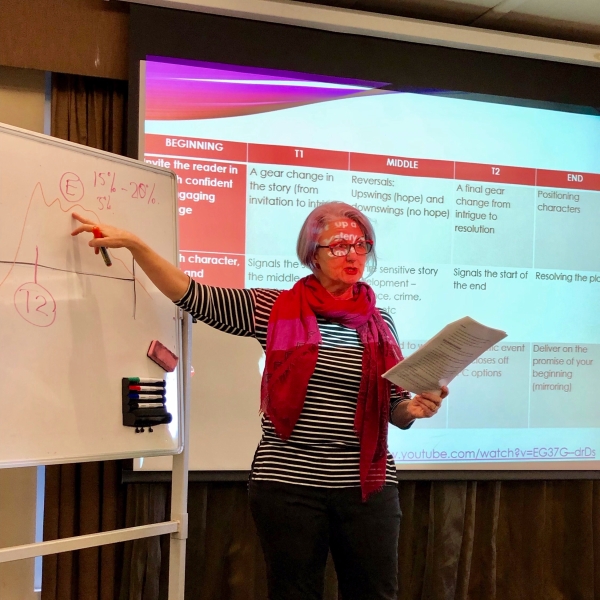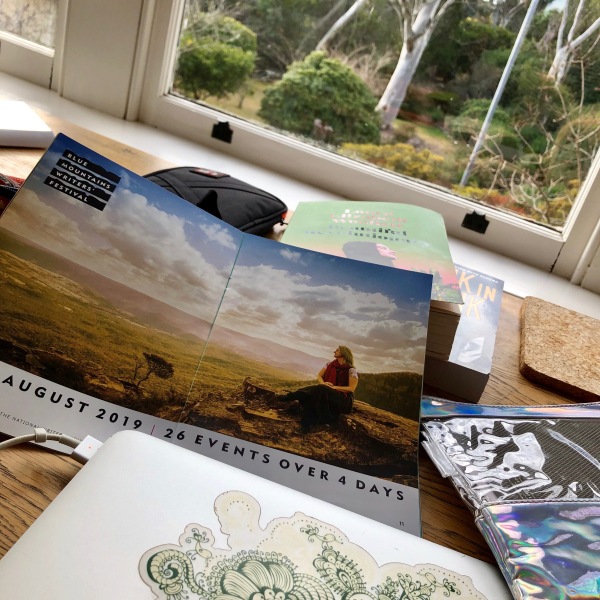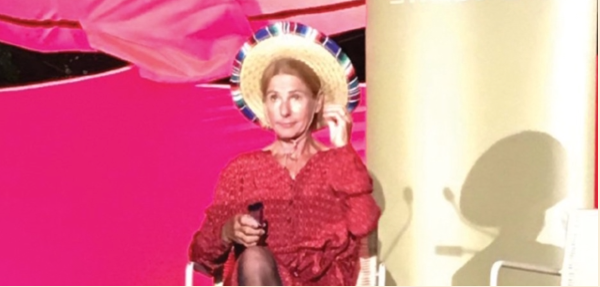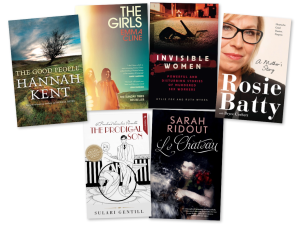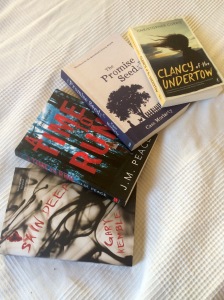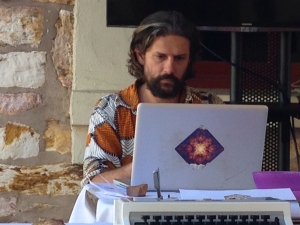It’s time to talk about the dark and twisty ladies of literature I adore. Welcome to the first book review at mamaguilt.
I loved Gillian Flynn’s Gone Girl! But I also hated it, in a totally respectful kind of way.
SPOILER ALERT – I won’t actually give away the ending, but this review discusses the shape and impact of the entire novel. If you haven’t read Gone Girl yet, then:
(a) omg where have you been, living on a deserted island or something?!, and
(b) look out, this review will give you strong hints of the book’s climax.
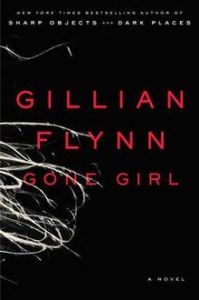
Flynn’s previous books, Sharp Objects and Dark Places, both explore lesser heard voices so exquisitely. In both, Flynn’s women and girl characters are crafted with hidden motives based on lived experiences that so many of share, yet so few of which are represented in popular fiction: body image, control, safety, violation.
And Flynn does it with a powerful female gaze. Her Domestic Noir novels are grounded in twisty ladies as protagonists and point of view characters, with narratives driven by domestic terror – an issue that is, of necessity, an overwhelmingly female concern.
The use of skin as text. The lifelong impact of pre-verbal horrors. The menace of intimacy. All of these are rich source material for Flynn’s work.
In Gone Girl, Flynn turns the female gaze to power and control in intimate relationships. Flynn slowly reveals that all the things making Nick Dunne a ‘great guy’ also make him a prime suspect in Amy Dunne’s disappearance .
Flynn puts the intellectual thrill in thriller in the establishing scenes, with her critical eye on popular media’s influence on justice, her menacing clarity about power and betrayal in domestic relationships, and her complex portrayal of the labyrinthine depths of the female psyche.
A complicated and gripping clue-puzzle plotline drive both Nick and the reader on a pacy chase through the entire middle of the book. What a great, sustaining literary device! It captures and holds narrative interest throughout a middle that, while rich with revelations of both Amy and Nick’s despicable secret selves, suffers from a lack of dramatic tension.
I was swept up in the way this narrative device accelerated my heartbeat, but ultimately it made for a let down, delivering a dissatisfying end game. The climax of Gone Girl plays as a parody, undercutting the intelligence of the first half of the book.
Popular fiction didn’t need another bunny boiler. Flynn has demonstrated a far more subtle and powerful hand in her other works, especially in Dark Places. (Oh Libby, how I adore you!). Gone Girl could have gone to much more interesting places, while still maintaining the thrilling twists, forbidding menace, and ultimate power reversal.
Super smart and with an impeccable education in dramatic structure based on many years as a television critic, Flynn is to be worshiped for her craft skills, and revered for her choice of subject matter. One day I would love the opportunity to meet and learn from her. She is a master. (How I wish there was a gynocentric term to replace ‘master’ – ‘mistress’ just doesn’t cut it).
Obviously, the dramatic shape of Gone Girl has been carefully crafted and the ending deliberately chosen for maximum effect – and, given the commercial success of the book and the movie, it was a choice well-made and well-played.
But, for me, while it stays true to the woman driving the narrative, the Gone Girl climax comes at the cost of the female gaze. The end scenes left me disoriented and disappointed as the author surreptitiously slides the ol’ man-goggles on, and I am tipped out of a deep-seated identification with Amy to gaze at her, aghast, from the outside.
That said, Flynn’s novels are exemplar in capturing the way, as girls and women, we misshape ourselves for success and fulfilment in response to being battered by conflicting threats and demands from every side. I am keenly interested in her next projects, both the adult thriller and the Young Adult novel.
But when it comes to crafting twisty ladies in literature, I far prefer it as done in Sharp Objects and Dark Places – with a full palette of character nuance, resisting the urge to swamp end scenes in psychobitch scarlet.
